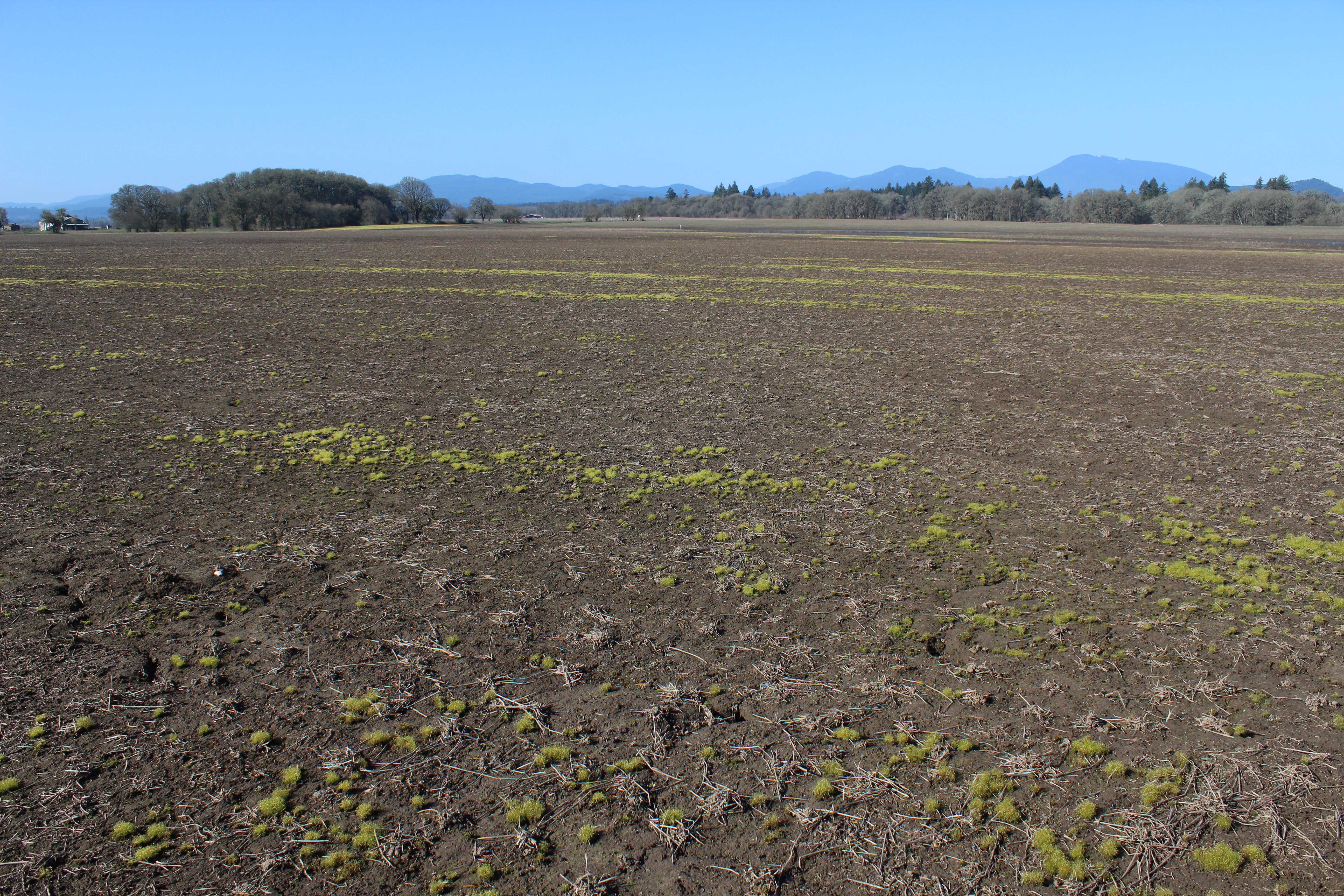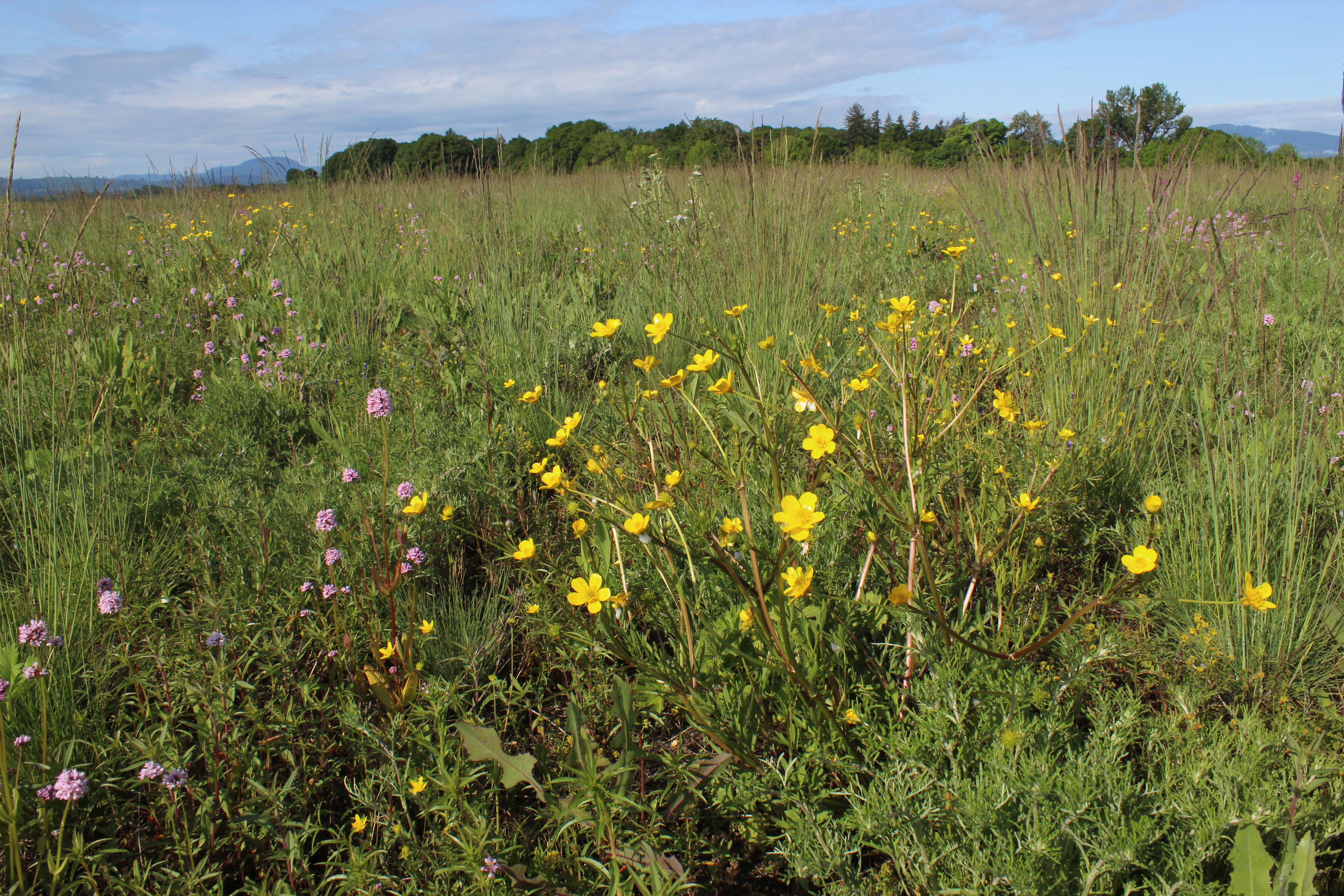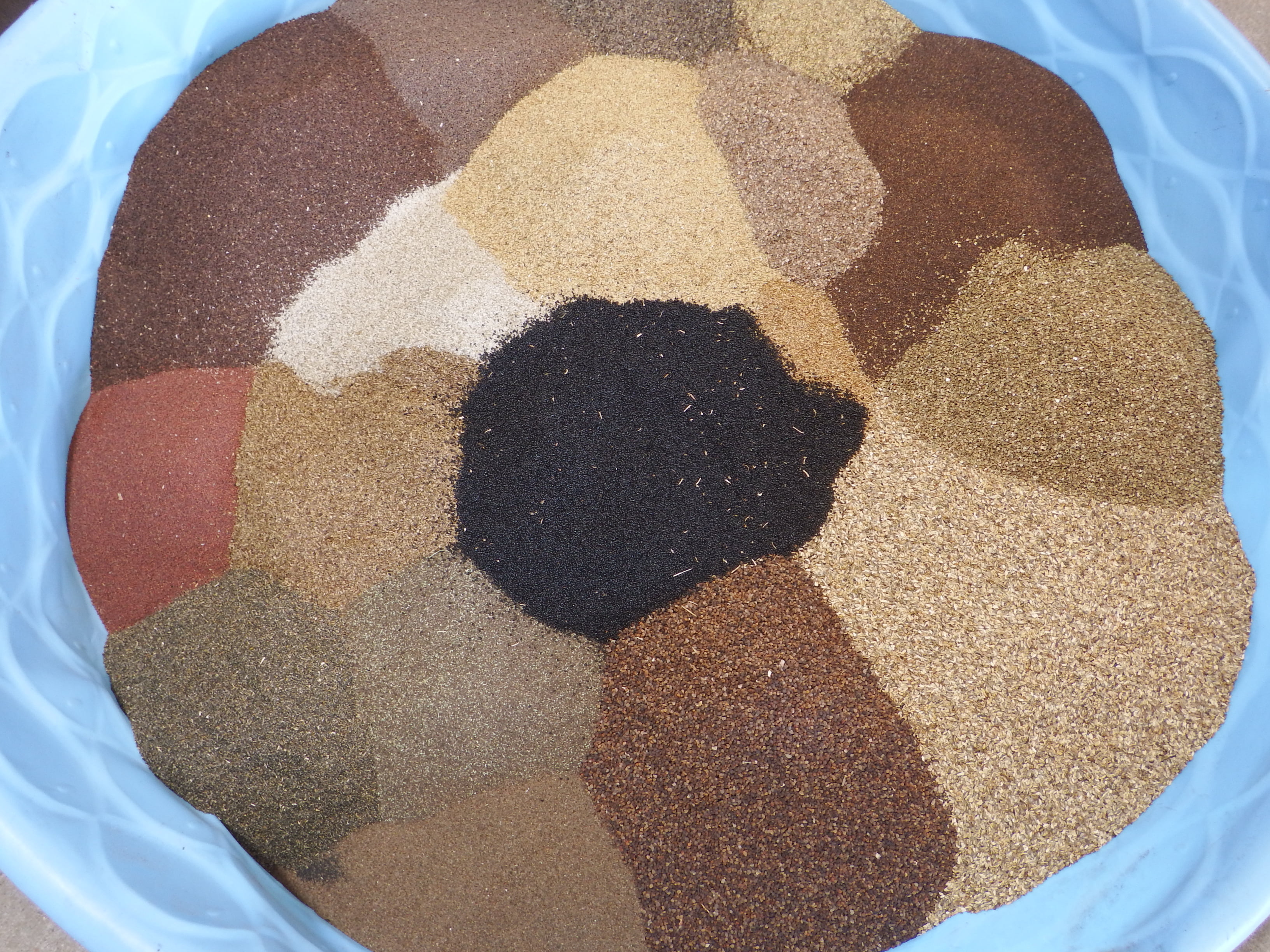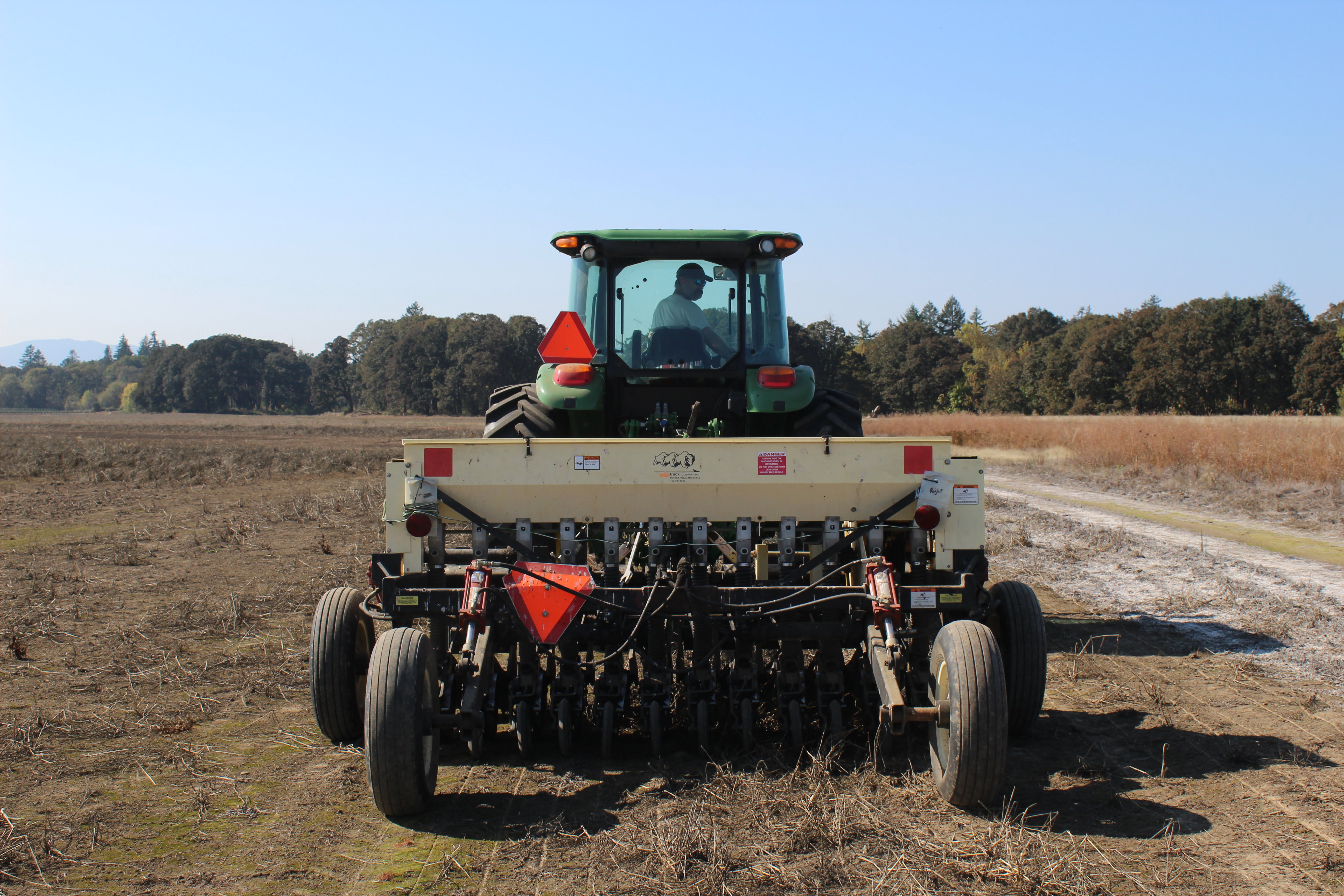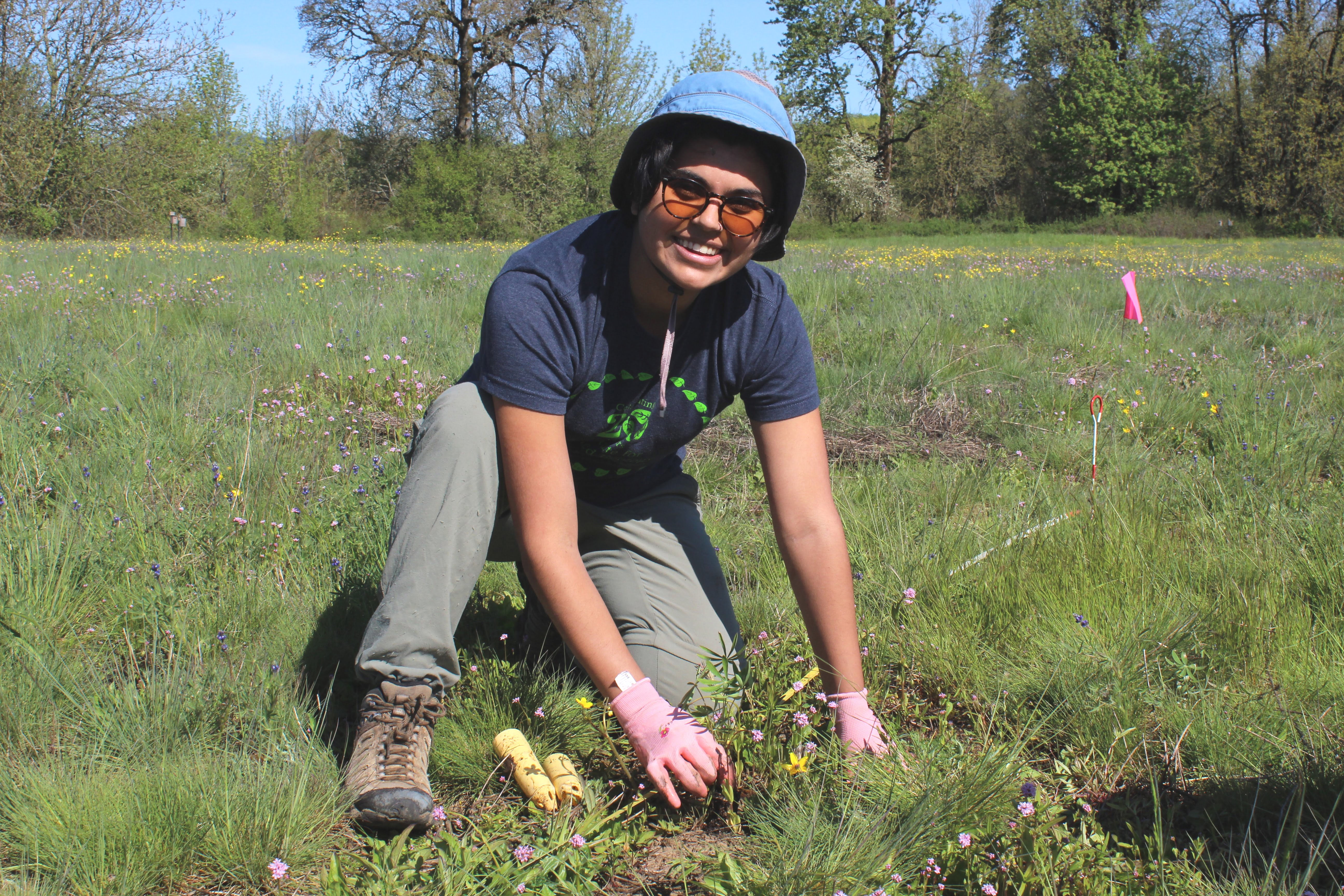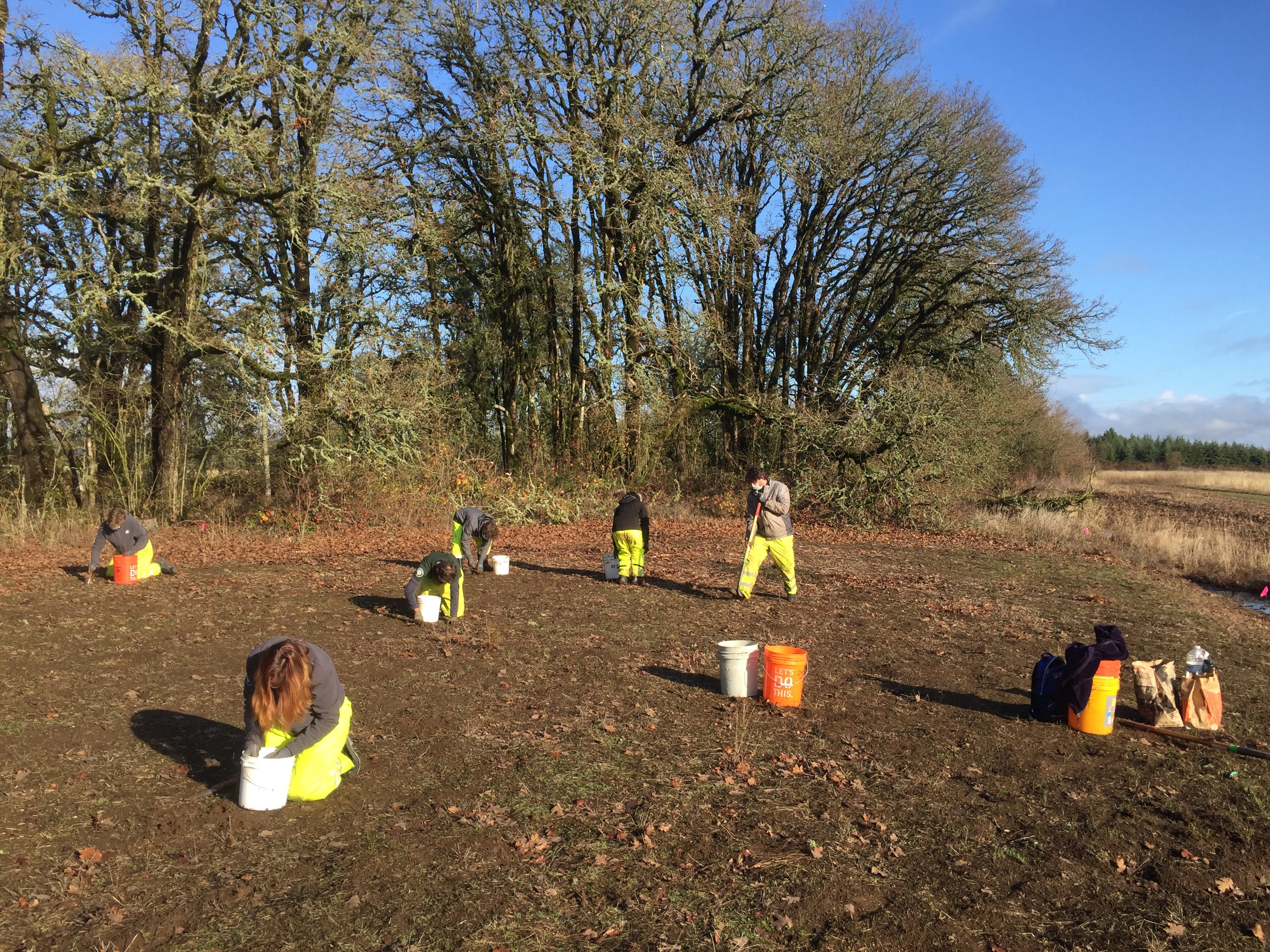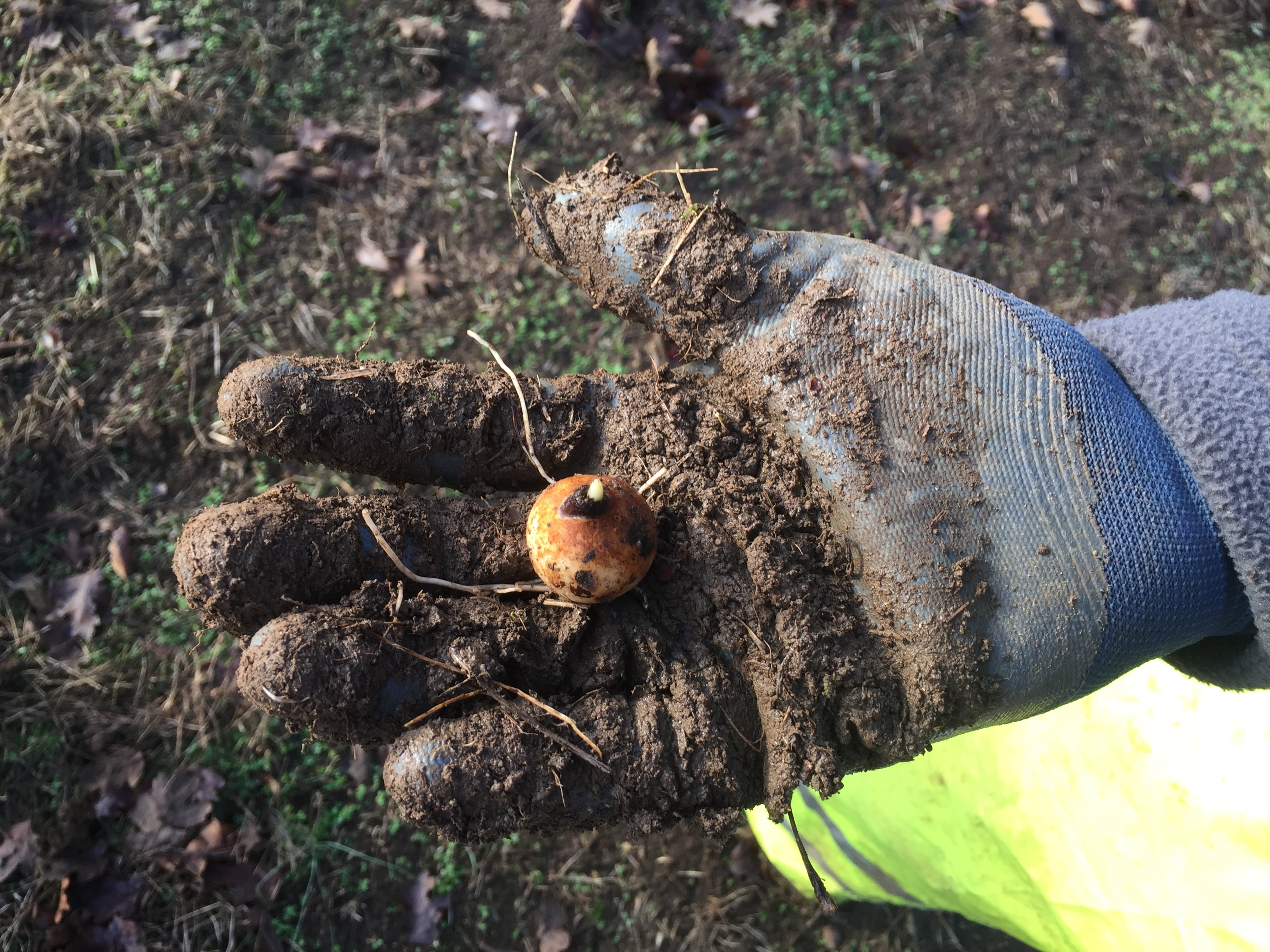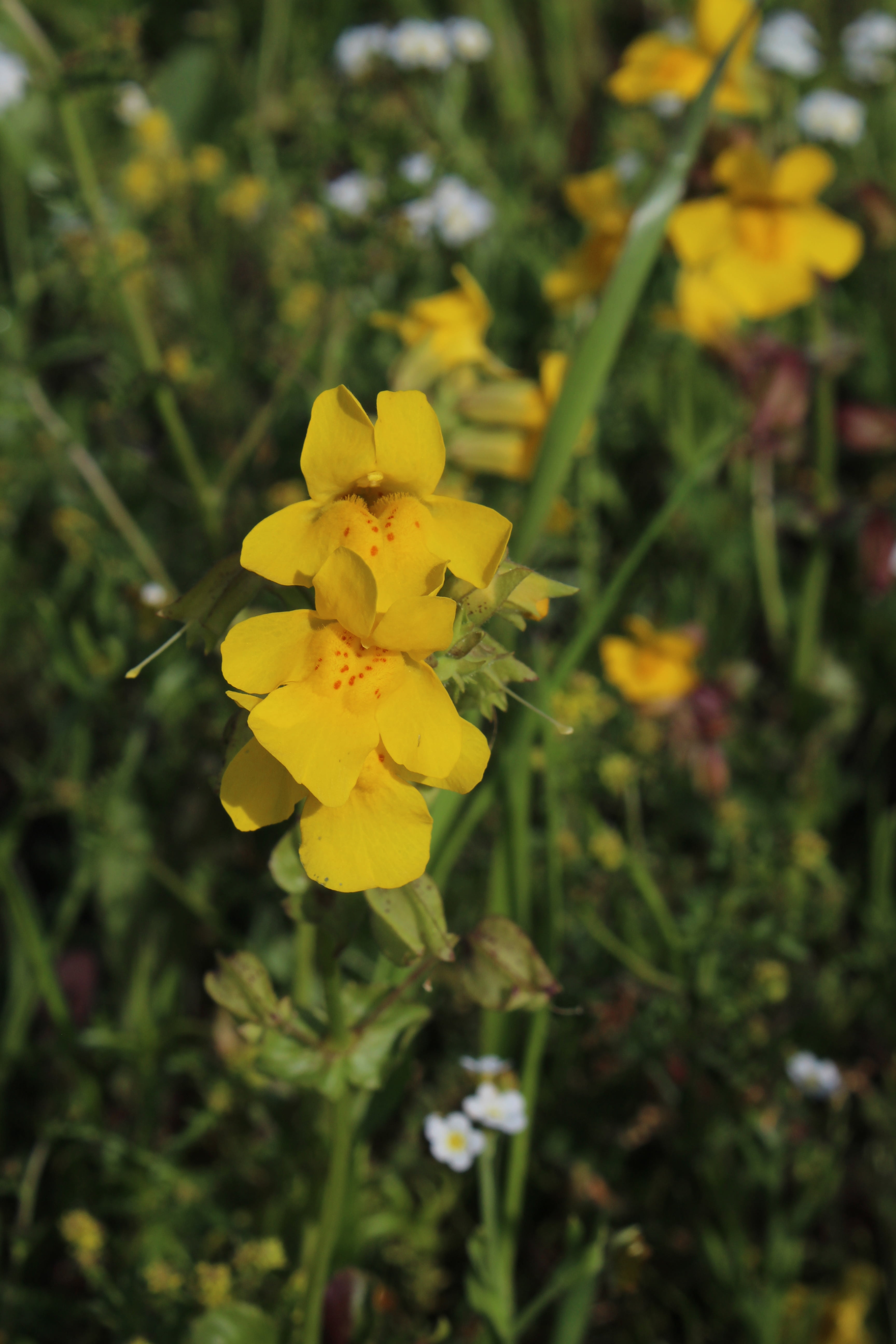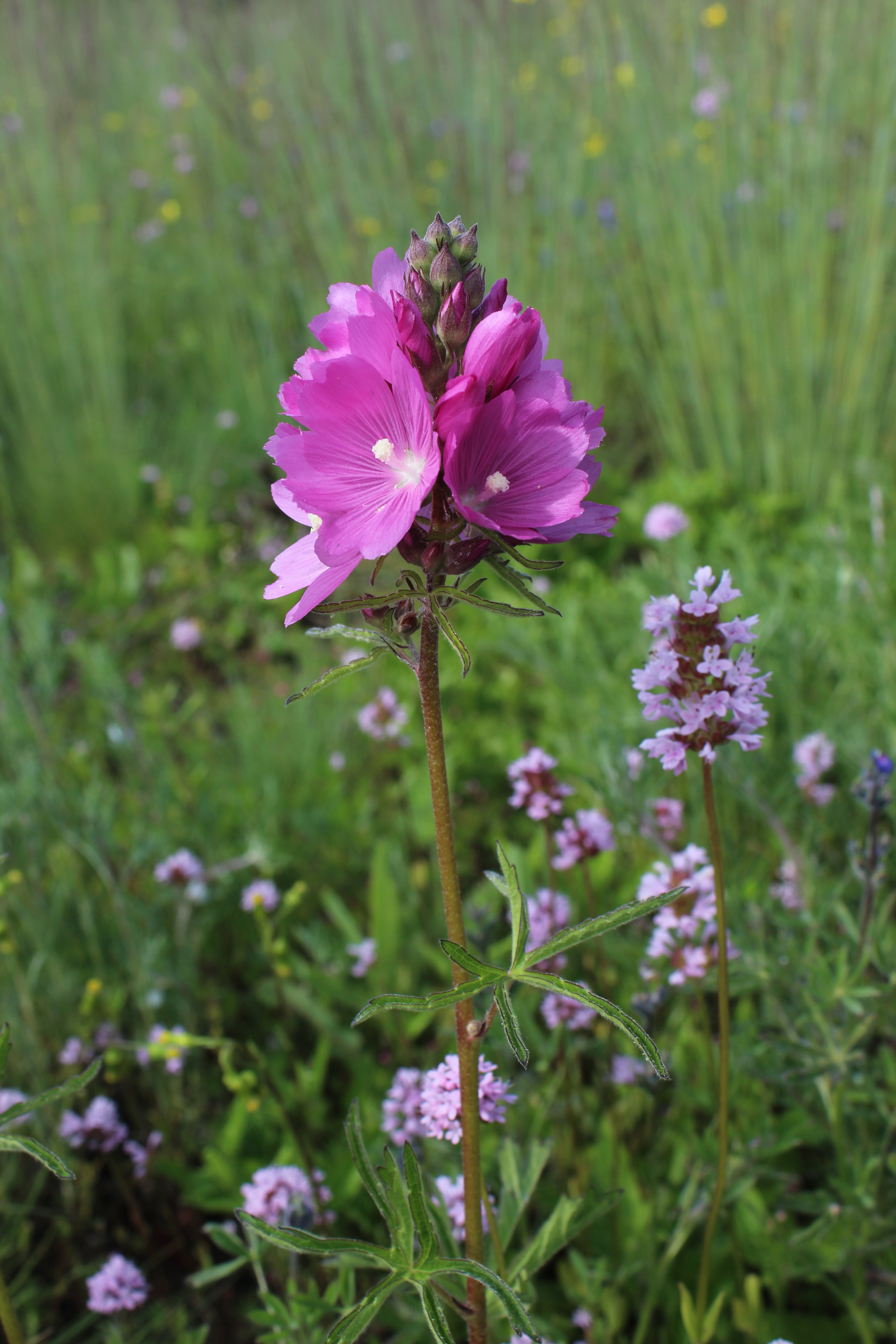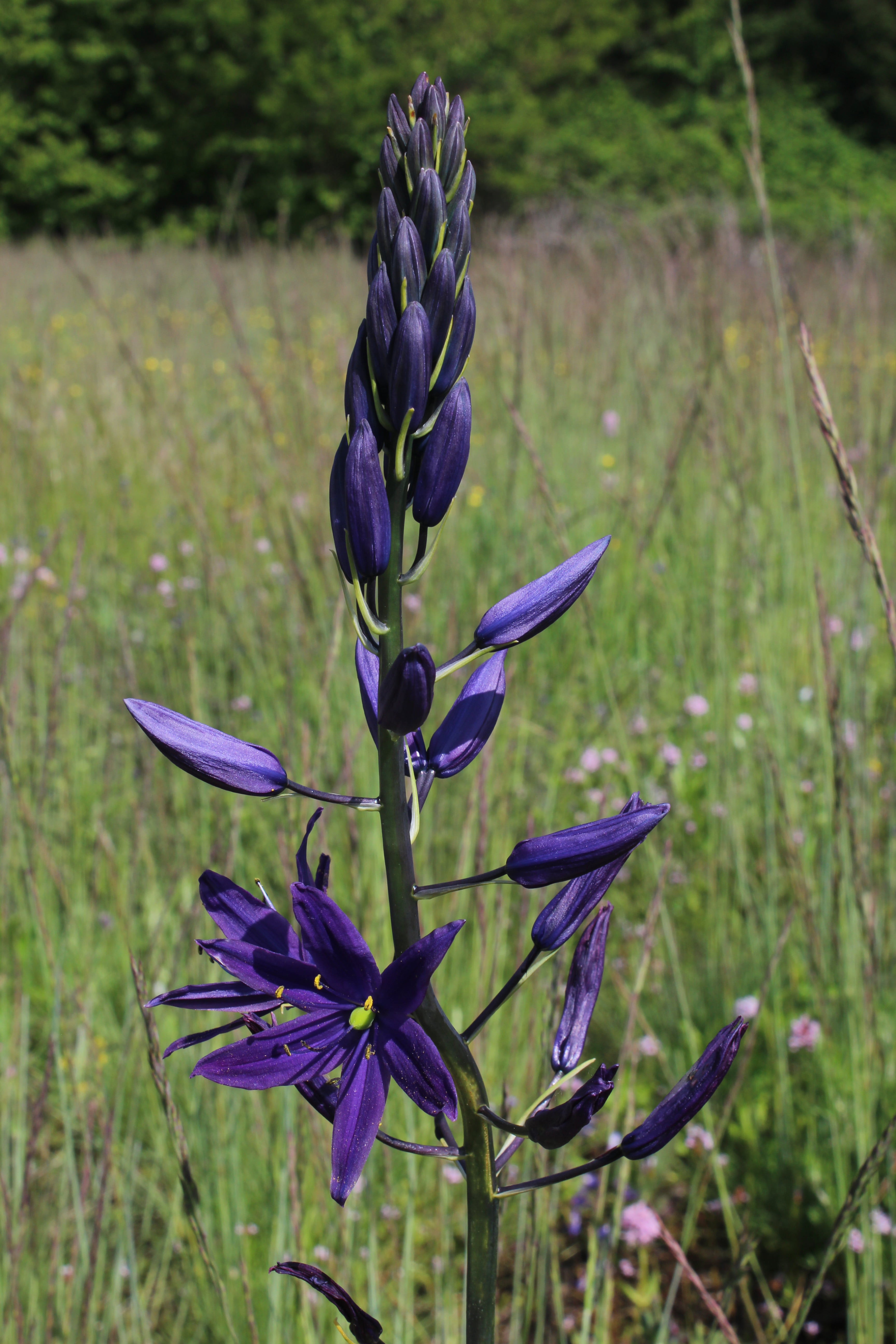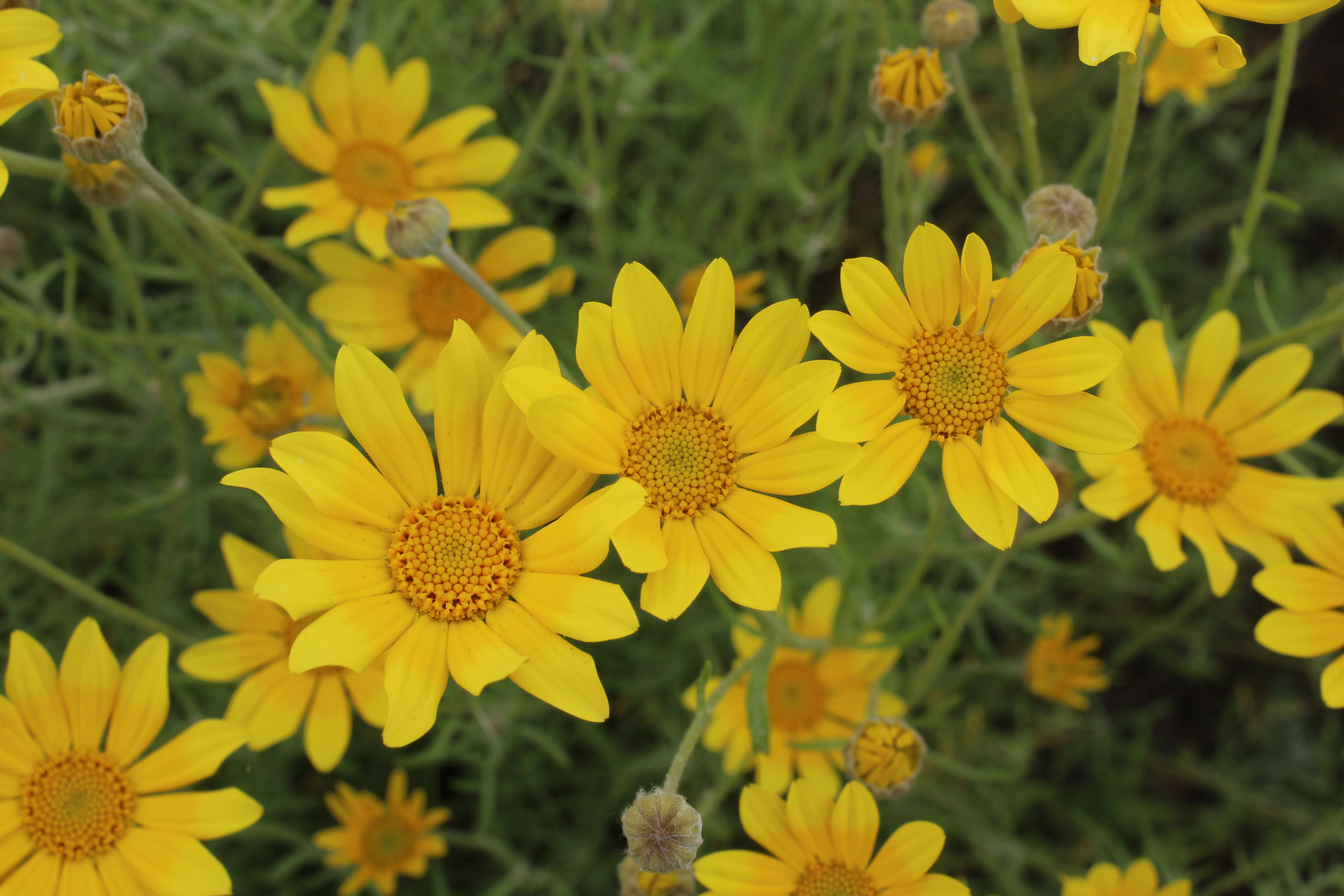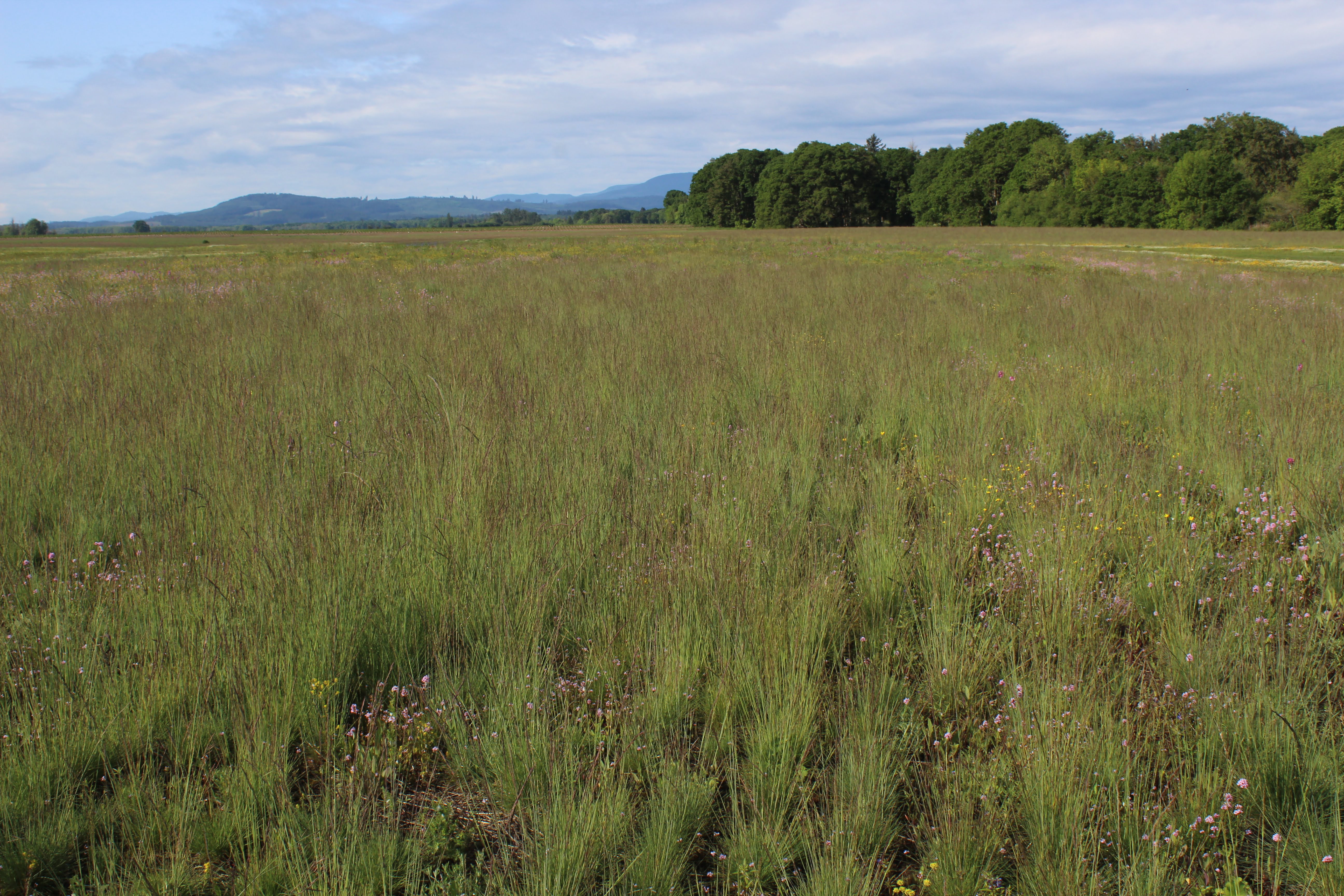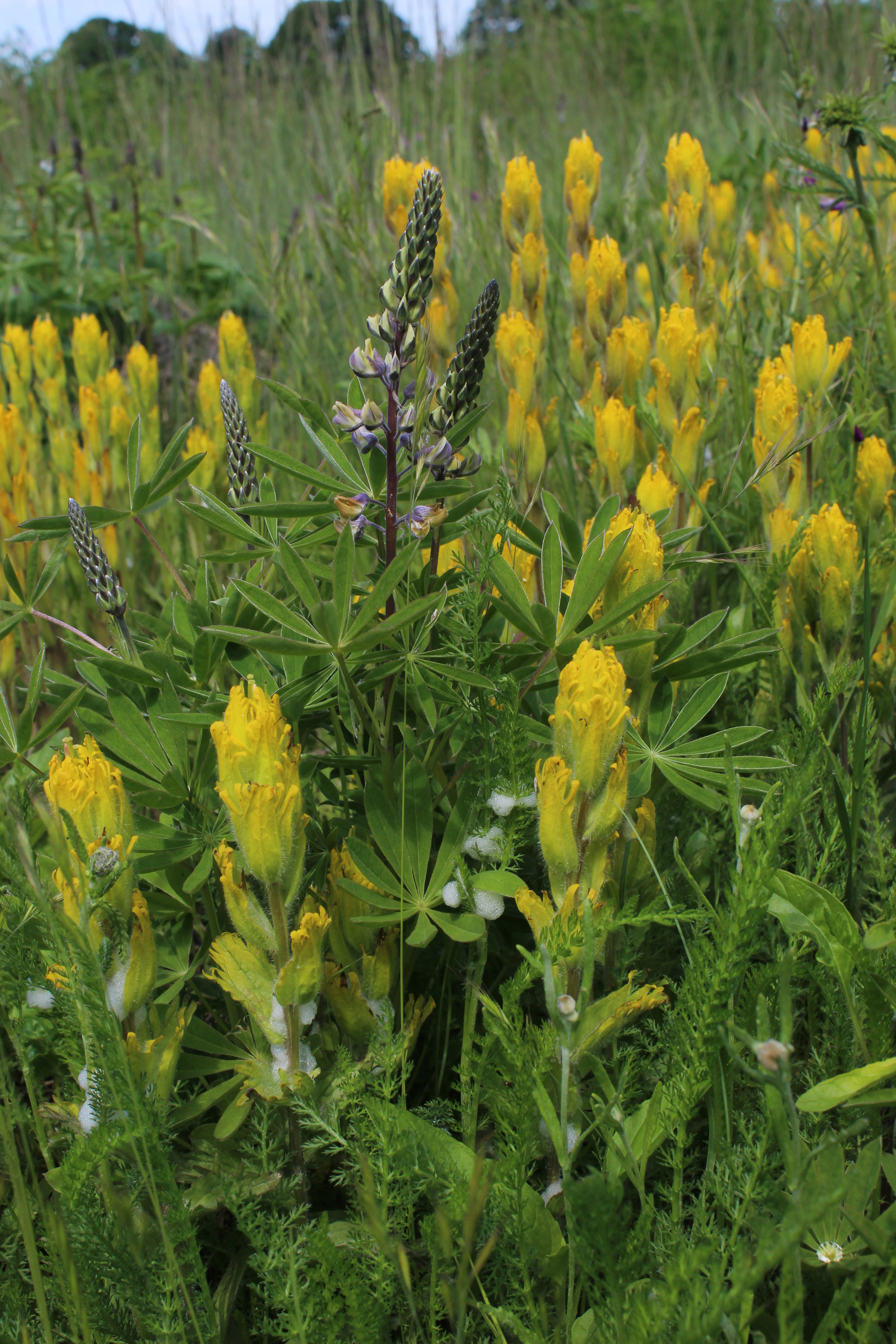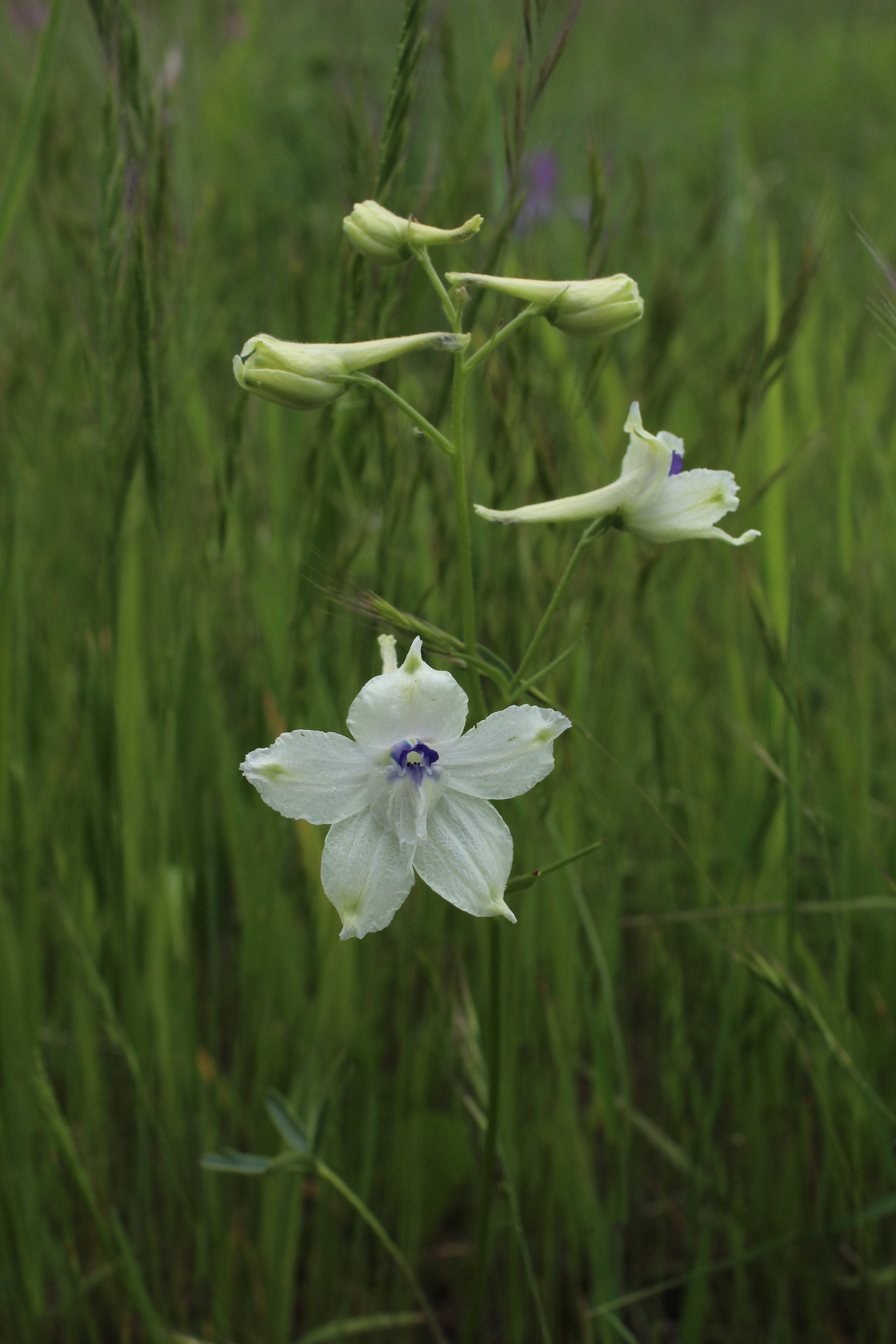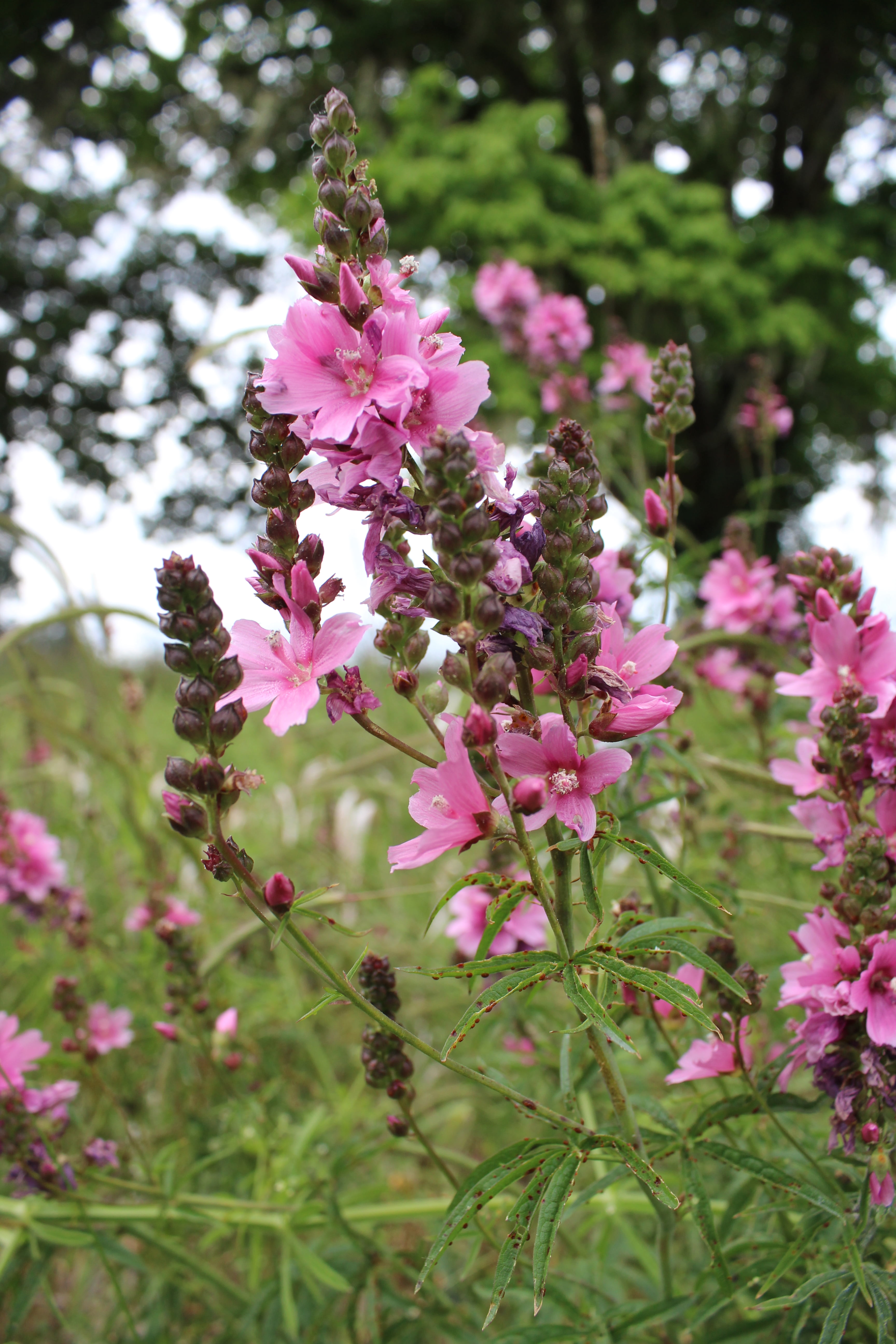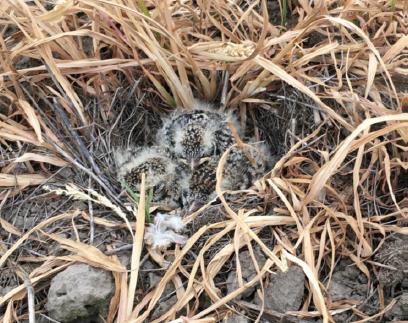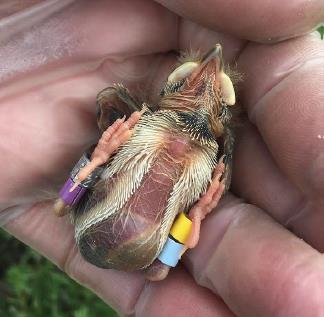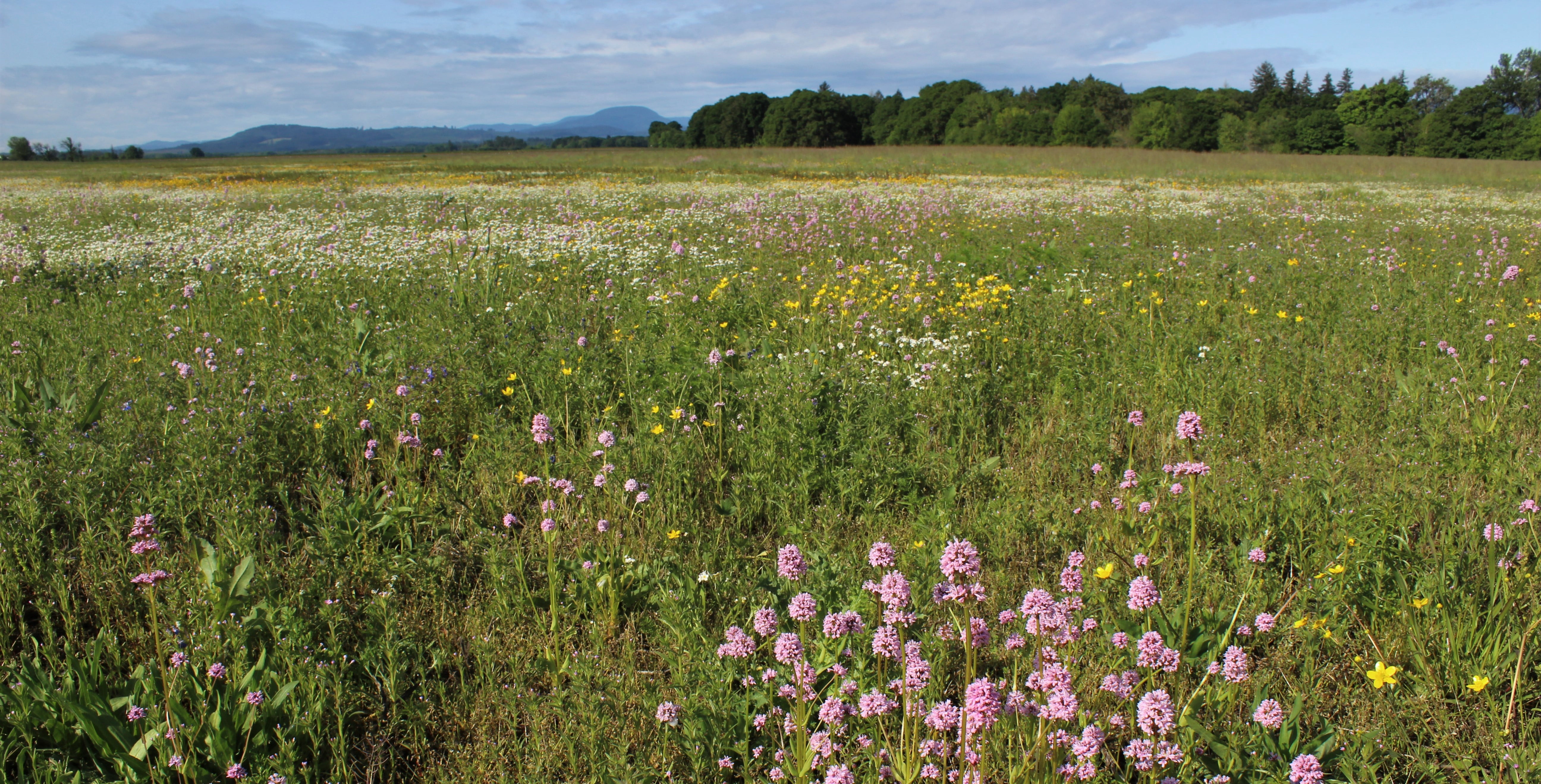
The fruits of our labors – Restoration progress at Herbert Farm & Natural Area
In 2012, most of Herbert Farm was comprised of ryegrass fields, but these have been gradually phased out and after eight years of restoration the natural habitats are greatly expanded. See last year’s blog for the story of the first seven years of restoration.
Now that the west side of Herbert Farm is at the maintenance stage, with weed control being the main focus, most of the active restoration is occurring on 130 acres on the east side. Visitors can see all the different stages of restoration, ranging from fields that are in fallow to prepare them for seeding, to others that have recently been planted with diverse native species, to the now established native prairies and riparian areas on the west side of the property.
We are hopeful that some of the lark chicks that survive their difficult first year of life will return to their home at Herbert Farm and grow into a self-sustaining population.
If all goes to plan, by 2023 most of the intensive work at Herbert Farm and Natural Area will be complete, native vegetation will dominate the landscape, and invasive species will be in check.
With a solid maintenance plan in place, we can all enjoy the fruits of these labors far into the future. Come see it for yourselves this spring.
Restoration at Herbert Farm and Natural Area has truly been a group effort!
IAE is grateful for the support from its funders and partners, including the City of Corvallis, Oregon Department of Fish and Wildlife, U.S Fish and Wildlife Service, Oregon Watershed Enhancement Board, Center for Natural Lands Management and Confederated Tribes of Grand Ronde, as well as contractors and many volunteers who have contributed their time and effort over the years.
Restoration
Research
Education
Get Involved
Contact
Main Office:
4950 SW Hout Street
Corvallis, OR 97333-9598
541-753-3099
[email protected]
Southwest Office:
1202 Parkway Dr. Suite B
Santa Fe, NM 87507
(505) 490-4910
[email protected]
© 2024 Institute for Applied Ecology | Privacy Policy
